Have you heard what sounds like somebody sharpening a saw by hand? It sounds like a melodious, whistled “too-too-too” given at the fast rate of two “toos” per second. That sound is made by our smallest owl, the saw-whet owl. Bob Shriber heard one calling on March 1 along Old South Road in Aquinnah. This is the first report of a saw-whet owl this year.
A second new species for the year is a cackling goose, which is about 20 per cent smaller than a Canada goose. Because of this size difference, Rich Couse picked one out of a flock of Canadas in Slough Cove on March 5. In 2004 the cackling geese were determined taxonomically to be a full species while previously they were a subspecies of Canada goose.
On March 2, Ruth Ambrozaitis sent along a message about a bird singing in her Edgartown yard: “Beautiful! So loud! I can’t find the bird but I sure can hear it!” Without listening to the recording of the song she sent, how many of you knew this songster was a Carolina wren? They sing regularly, even through the winter, as they are territorial throughout the year.
The Townsend’s solitaire is still hanging out near the instrument landing system field behind the state forest headquarters. It was most recently found on Feb. 27 by both Jeff Bernier and Jim Guion. After not being seen for a few days, the bird was found again in its usual location by Rich Couse, Lanny McDowell, Margaret Curtin, Luanne Johnson, and Jeff and Joy Peters on March 5. I saw the people as they were leaving, so I knew where they saw it but I was unable to locate the bird in one hour of watching for it.
If you try unsuccessfully to see this unusual vagrant, at least you can take solace by watching the eastern bluebirds that are active and conspicuous in the grassy lawn and field area around the headquarters buildings.
On March 3, Matt Pelikan spotted a lesser black-backed gull at Inkwell Beach at around 4:30 in the afternoon. Perhaps it hunkered down out of the wind that night at Owen Park, a favored locale for gulls during strong winds and storms. Shea Fee reports that a bunch of these less than common gulls were recently banded and equipped with radio transmitters on Nantucket. Please be on the lookout for them.
This week there are four species of geese on the Island. Canada geese and brant are seen regularly and there is the cackling goose reported above. The fourth species is a snow goose. Olsen Houghton spotted the lingering adult white phase snow goose at Katama Farm on March 4, mixed in with a flock of Canada geese.
Killdeer continue to arrive on their northbound migration. Nancy Nordin found three on Feb. 27 at the Katama Airpark and Luanne Johnson saw one at the right fork parking lot at South Beach on March 5. Another returning shorebird — an American oystercatcher — was observed by Dana Bangs at the West Basin on March 4.
Gus Ben David reports that three greater yellowlegs finally arrived at his ponds on Feb. 24. Common ravens are regularly visiting his yard to feed and then they usually fly off toward the high school.
The seabird show has dwindled. Our only report of alcids this week are Bob Shriber’s three razorbills near Squibnocket Beach and Ashley Bens finding two dovekies at the Gay Head Cliffs on March 2.
My guess is that northward migration is taking the birds away from our region, as they all want to be the first to arrive on their breeding grounds. Certainly our year-round resident herring and great black-backed gulls are starting to hang out around their breeding colony at Sarson’s Island and probably at the Cape Pogue Gut colony, even though their nesting season is still way into the future.
Likewise, bufflehead have declined in number, undoubtedly because of starting their northward migration. In January we could reliably find 60 or more bufflehead in each of our saltwater ponds. This week, records show there were only four at Philbin Beach on March 1 and six at Squibnocket Beach on March 2. Both sightings were by Bob Shriber. Dana Bangs found 17 in the upper Lagoon on March 3 and only two were there on March 4. Chris Scott found six in Eel Pond on March 5 and six near the Big Bridge on March 6.
This contrasts to January sightings, when Luanne Johnson found 83 near the Big Bridge on Jan. 29; Matt Pelikan counted 20 in the upper Lagoon on Jan. 20; and Nancy Nordin spotted 38 in Town Cove on Jan. 22. You get the picture; there are fewer bufflehead here now than there were in January. It is the same scenario with common eiders, all three species of scoters and red-breasted mergansers.
Finally, I find that all too often I talk about decreased numbers of birds on the Island compared to the 1960s through 1990s. Here is a quote I came across from Henry David Thoreau: “When I consider that the nobler animals have been exterminated here, the cougar, panther, lynx, wolverine, wolf, bear, moose, deer, the beaver, the turkey, I cannot but feel as I lived in a tamed, and, as it were, emasculated country.”
He continues and compares this change to having “an...entire poem, and then, to my chagrin, I hear that it is but an imperfect copy that I possess and have read, that my ancestors have torn out many of the first leaves and grandest passages, and mutilated it in many places.”
Or comparing to the heavens: “I should not like to think some demigod had come before me and picked out some of the best of the stars. I wish to know an entire heaven and an entire earth.”
These words were written in 1857!
Please email your sightings to birds@vineyardgazette.com. (Note the slightly-changed email address.)
Robert Culbert is an ecological consultant with Nature Watch LLC living in Vineyard Haven.



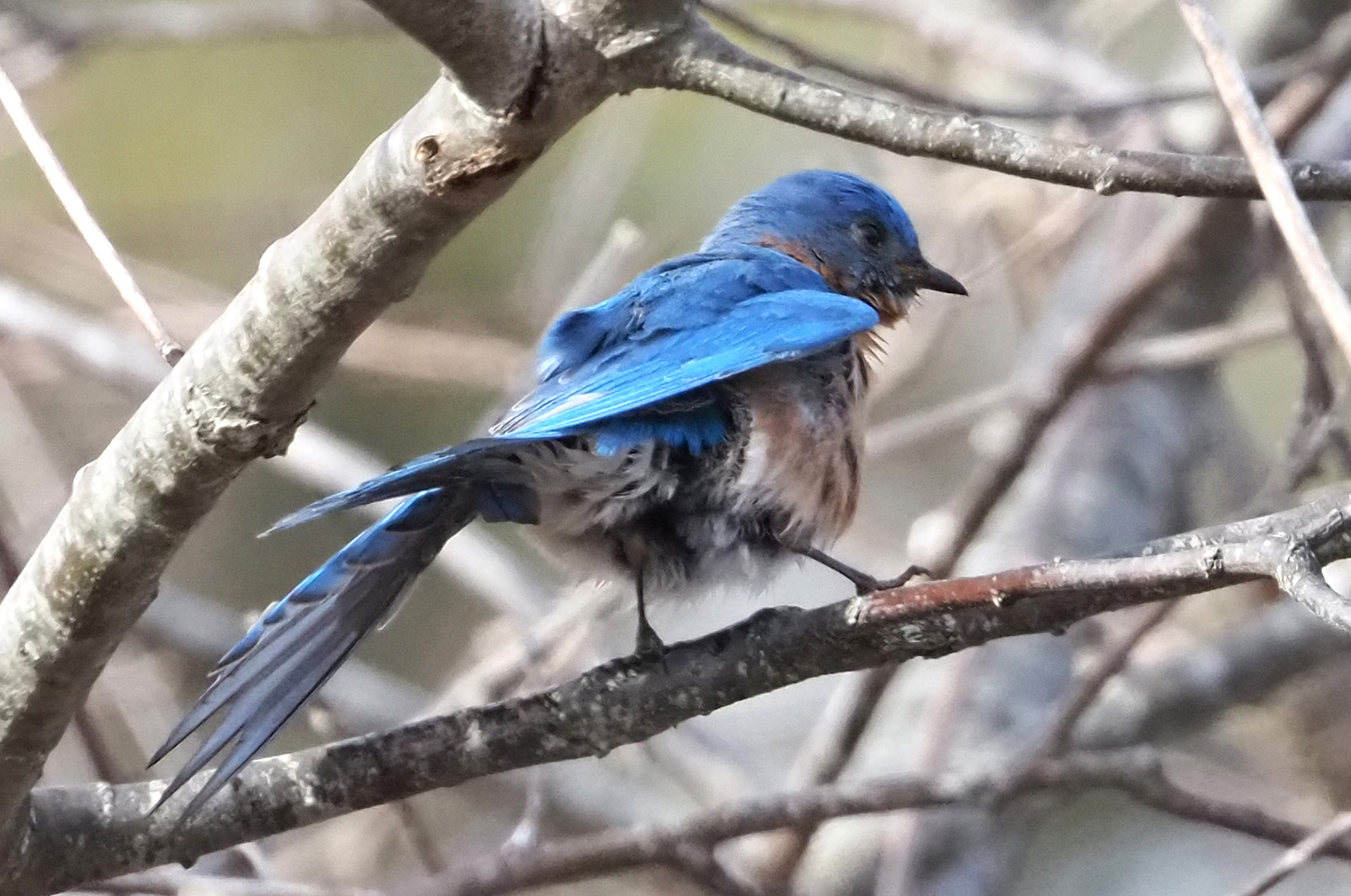
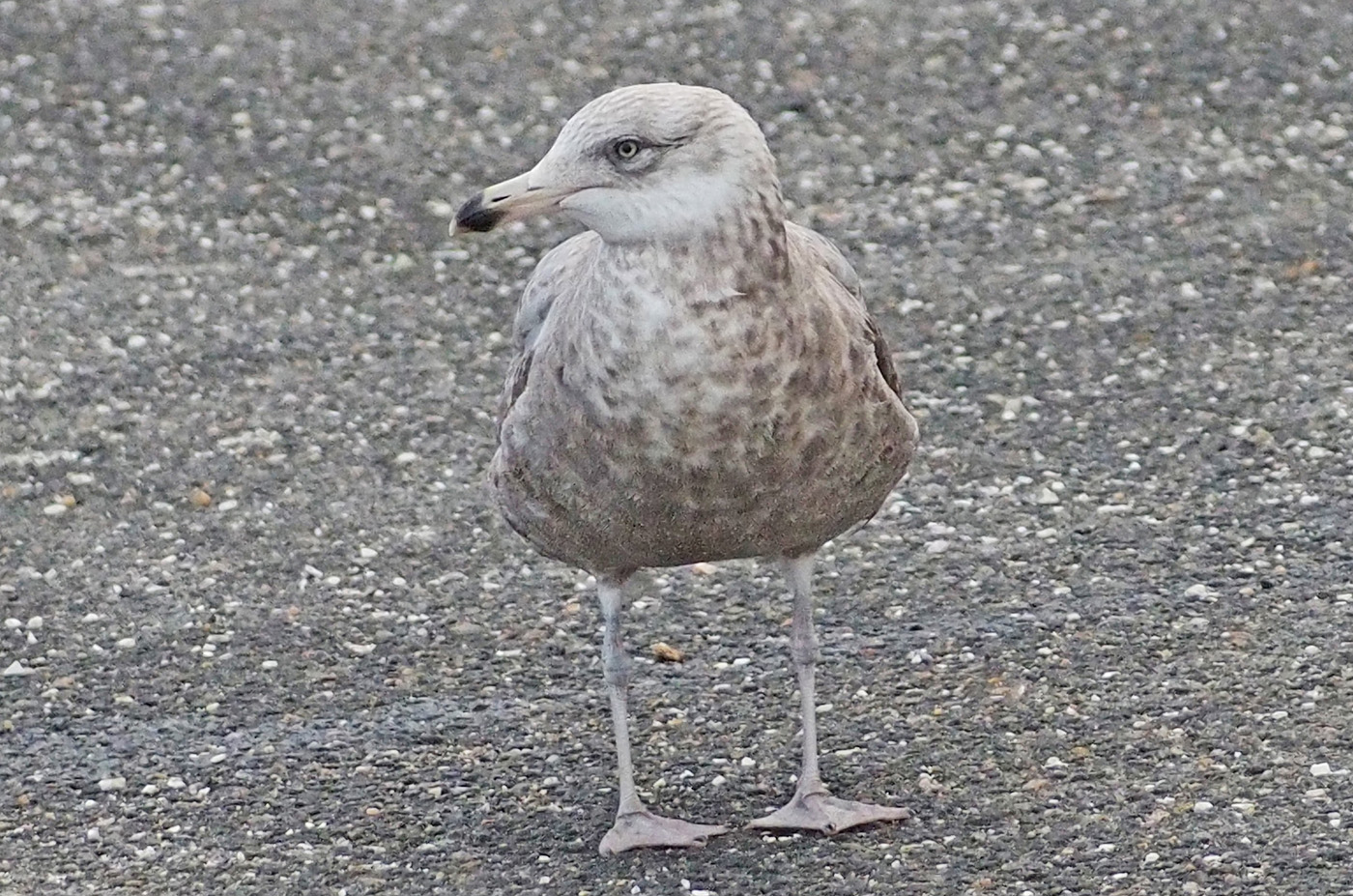
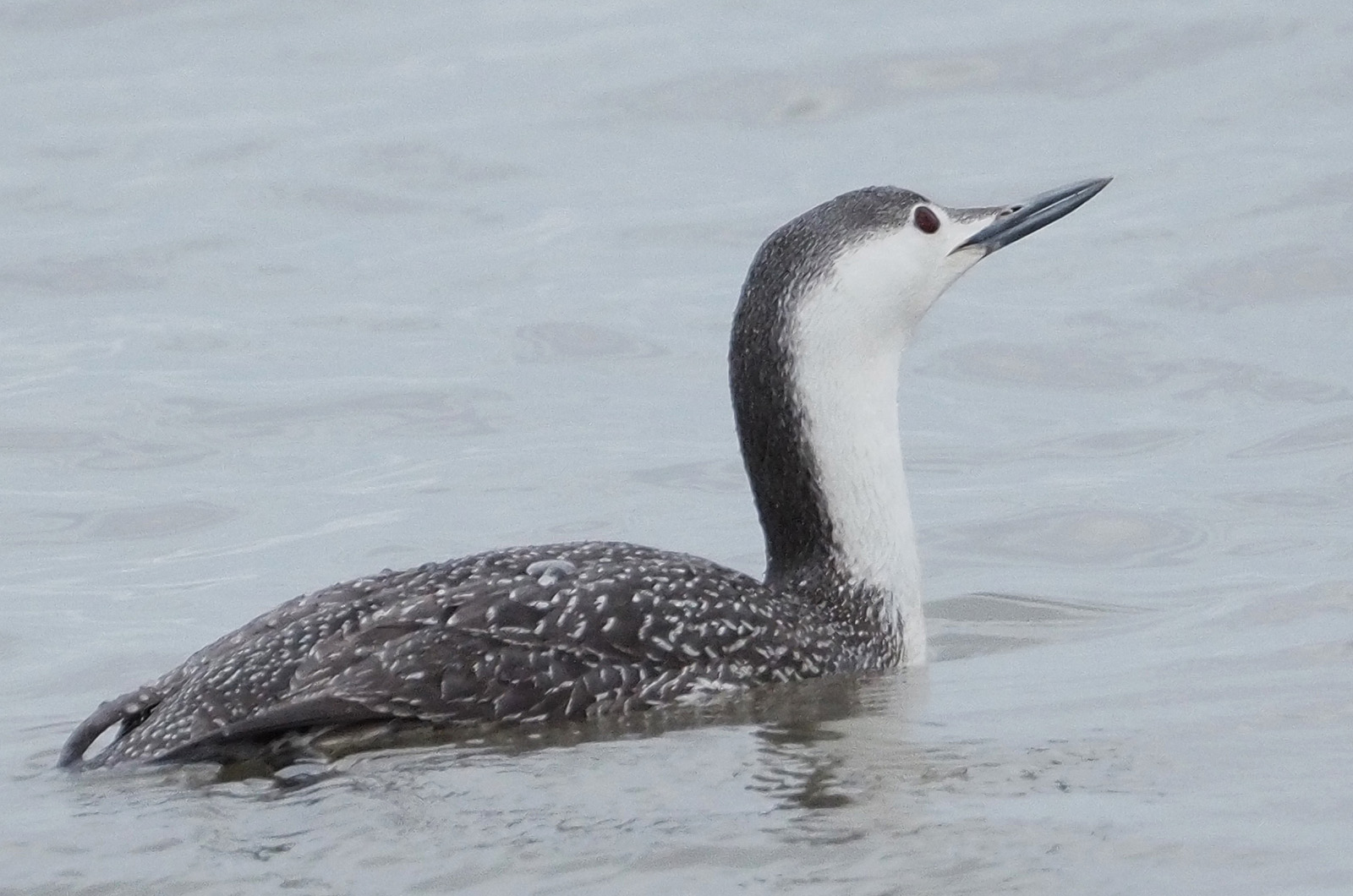
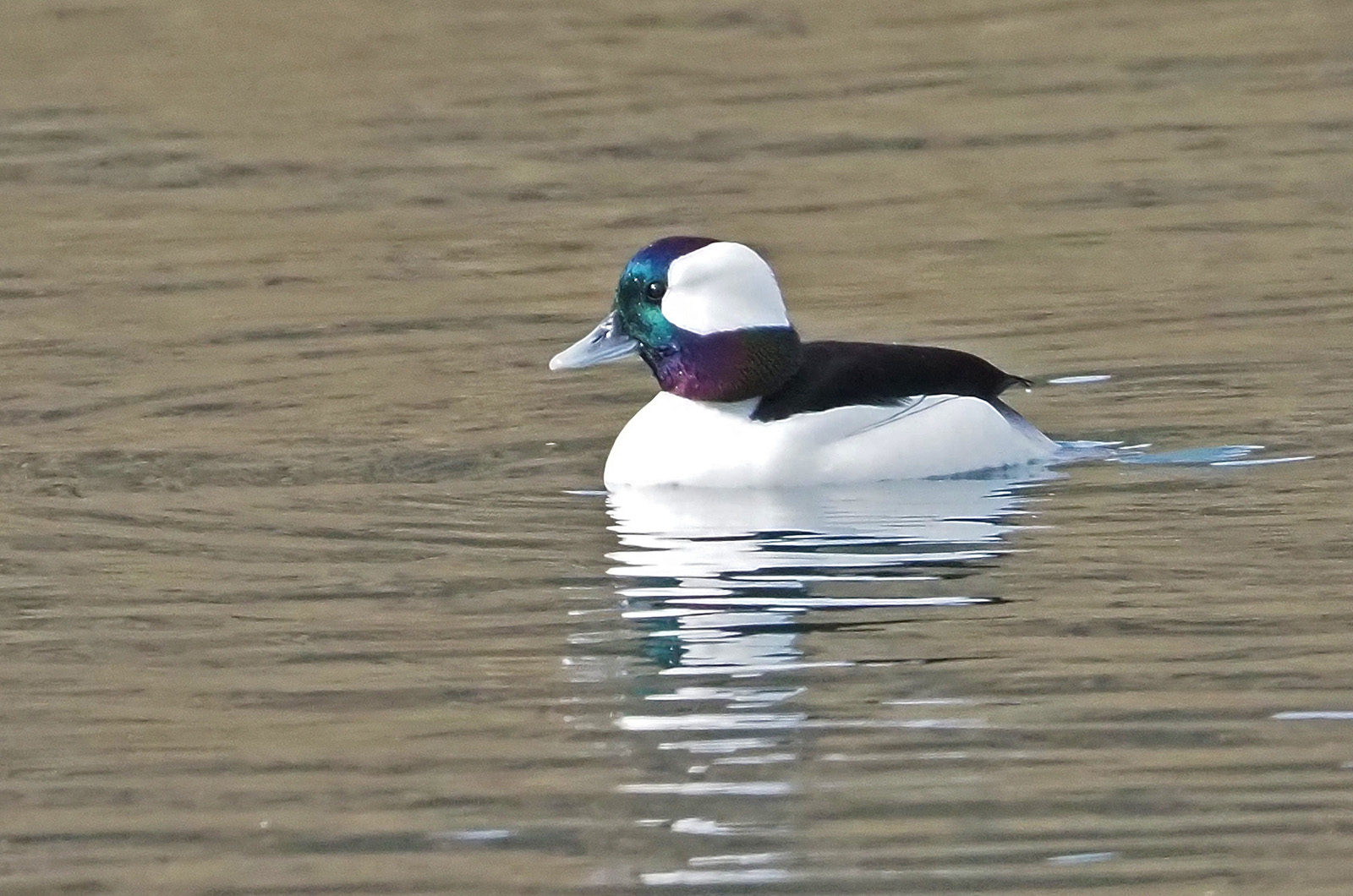
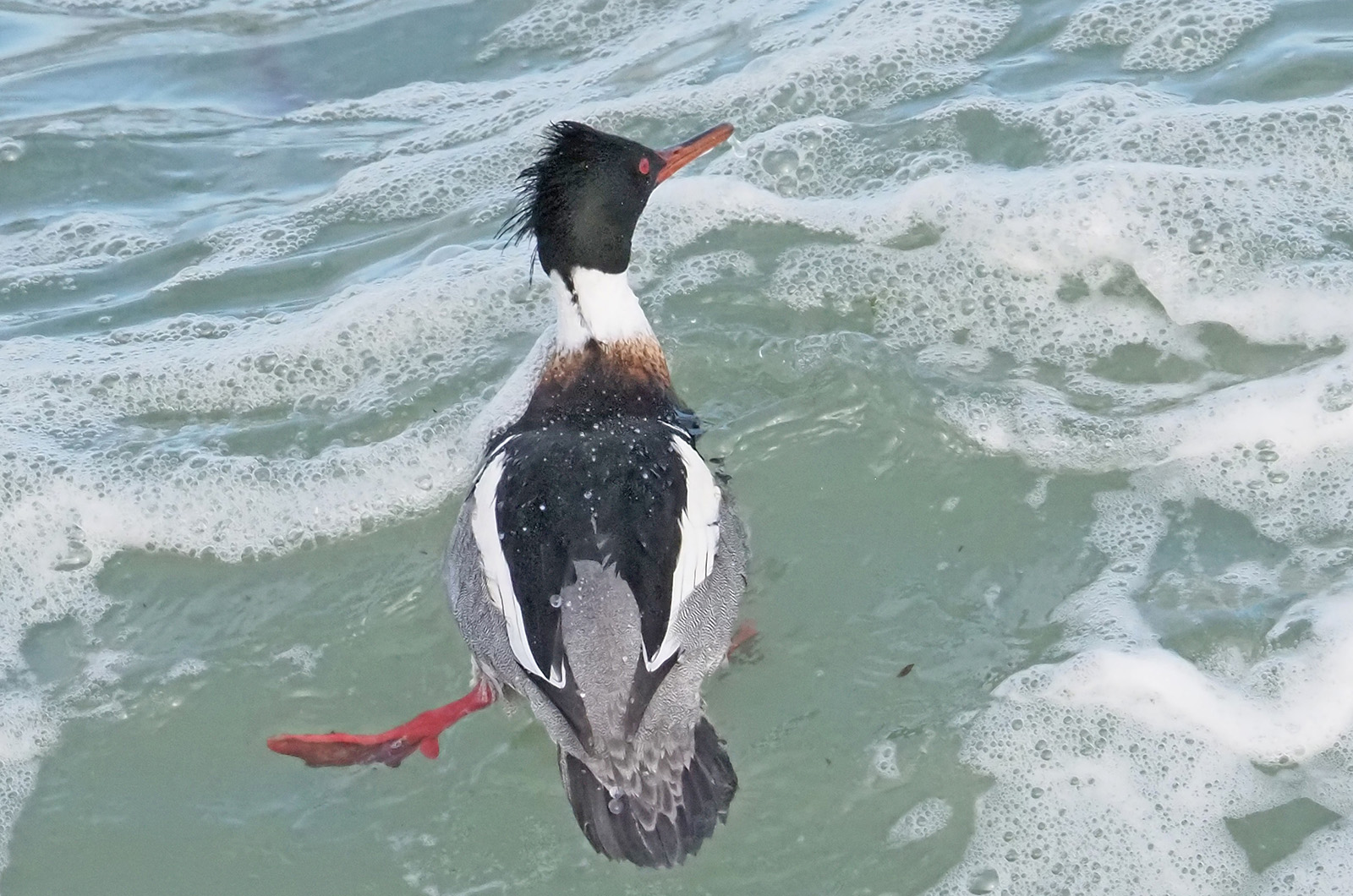


Comments
Comment policy »